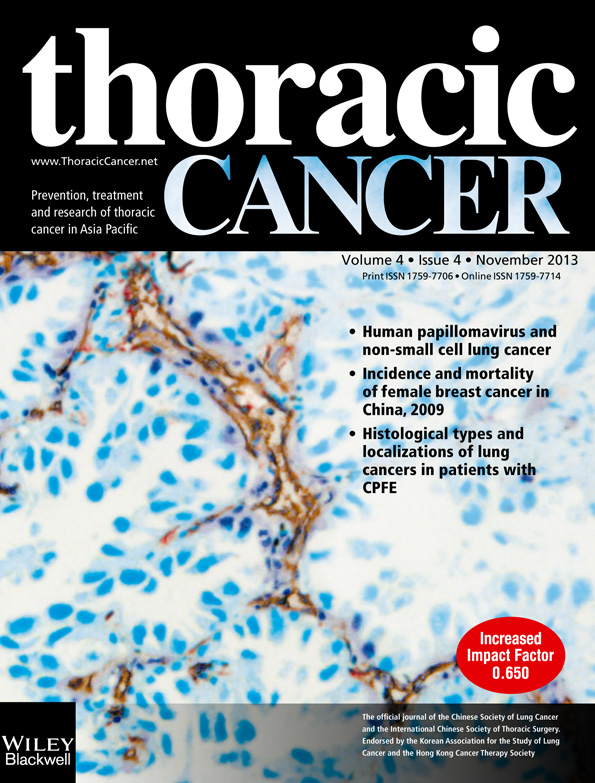Analysis of differently expressed proteins involved in metastatic niche of lung
Abstract
Background
The “seed and soil” hypothesis for metastasis was a pivotal milestone in the study of malignant disease. Recently, growing studies have focused on the tumor secretory factors that may mediate preparation of the “metastatic soil.” A suitable environment for the metastatic lesions was created by many inflammatory cytokines in the lung, whichwas verified by in vivo experimental models. In 2005, a pre-metastatic niche and metastatic niche modelwere suggested by David Lyden and Bethan Psaila, to delineate the interactions between malignant cells and their microenvironment at the metastatic site, whichsoon became the most importanthypothesis. However, the evidence is limited to animal models. More clinical evidence is needed to support this hypothesis.
Methods
Human lung specimens were taken from different regions within metastatic lung tissue and normal lung tissue. Differently expressed proteins were analyzed by using the two dimensional fluorescent difference gel electrophoresis (2-D DIGE) technology: about 0.5–1 cm (Tissue 1) of lung tissue was taken adjacent to the metastatic tumor; about 1 cm (Tissue 2) of lung tissue was taken far away from the metastatic tumor; and normal lung tissue of the inflammatory pseudotumor (Tissue 3) was taken at least 3 cm away from the pseudotumor. We usedmatrix-assisted laser desorption/ ionization time of flight mass spectrometry (MALDI-TOF/TOFMS) analysis to identify differently expressed proteins in T1, T2, andT3 samples.
Results
T1 samples were different from T2 samples in the expression of 27 proteins. T2 samples had different expressions in 24 proteins, compared to T3 samples.Nine proteins were expressed differently between T1 and T3 samples. These proteins are mainly involved inenergy metabolism, protect the tumor cell from immunologic engraftment of metastatic tumor cells, and migration. Some of thesehave been reported to be related to the tumor metastatic niche hypothesis: Type VI collagen, heat shock protein 90, and Fibrinogen.
Conclusion
The type VI collagen, heat shock protein 90, and Fibrinogen were selected aspotential niche proteins. These findings support the metastatic niche hypothesis and encourage further studies.




